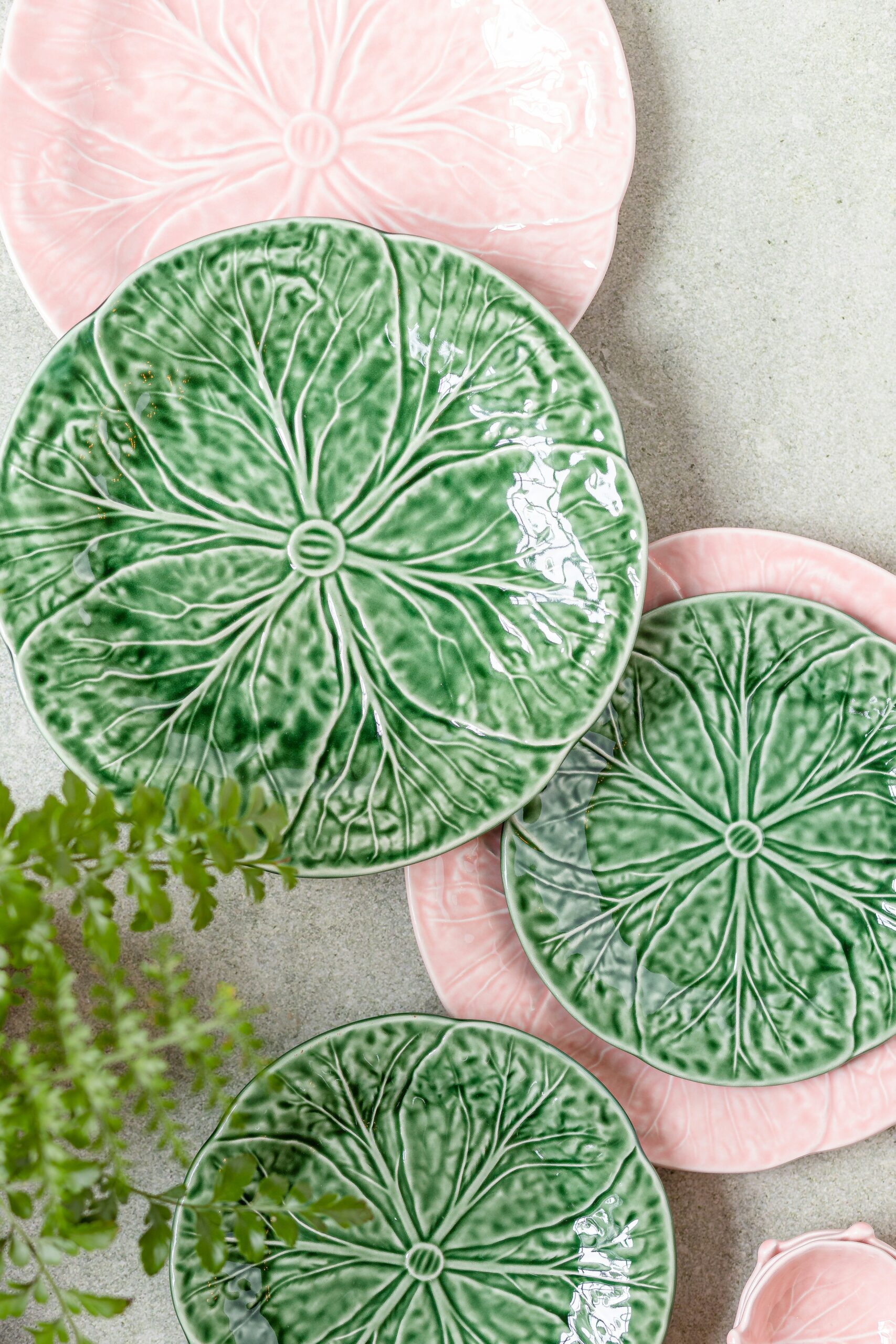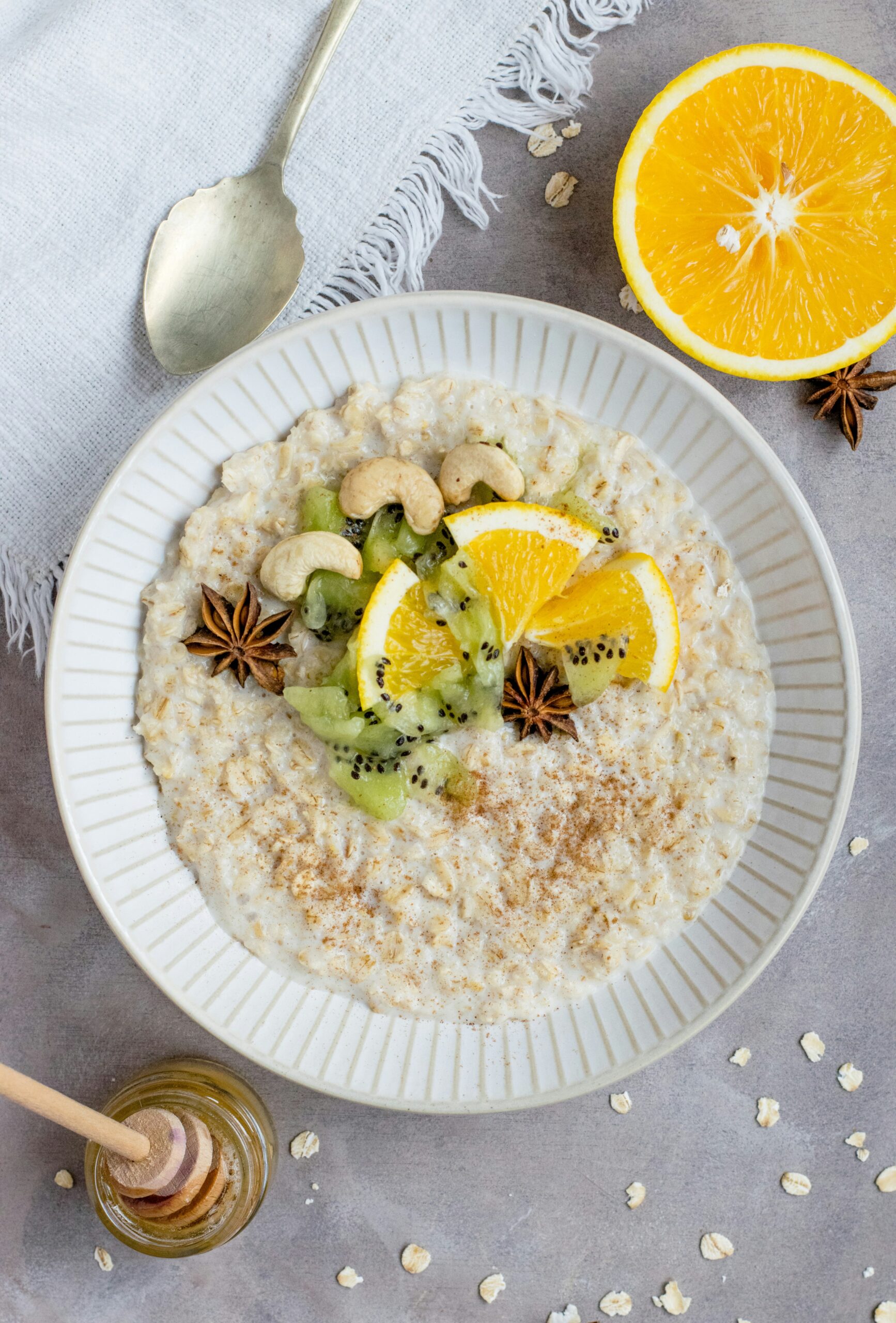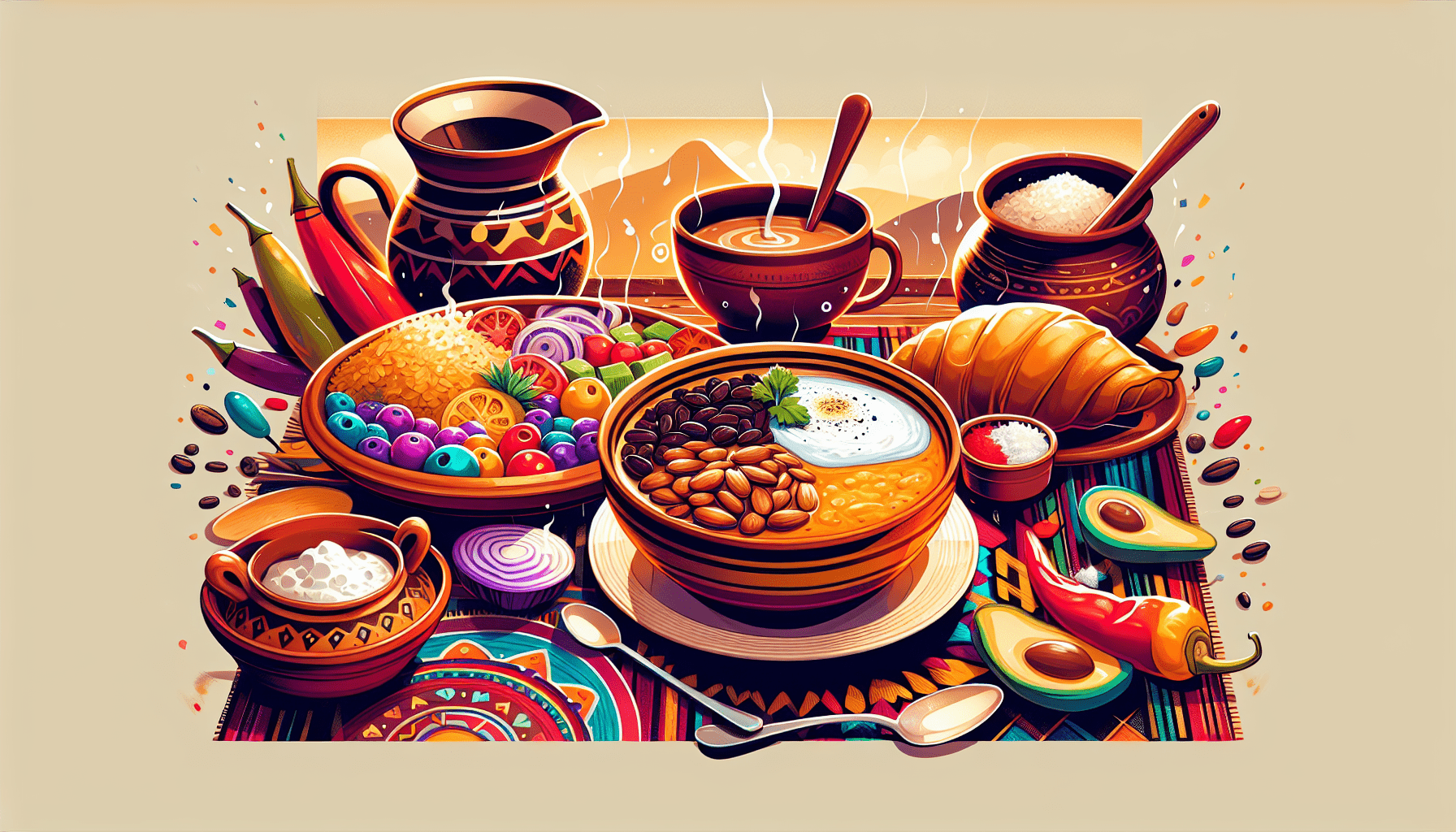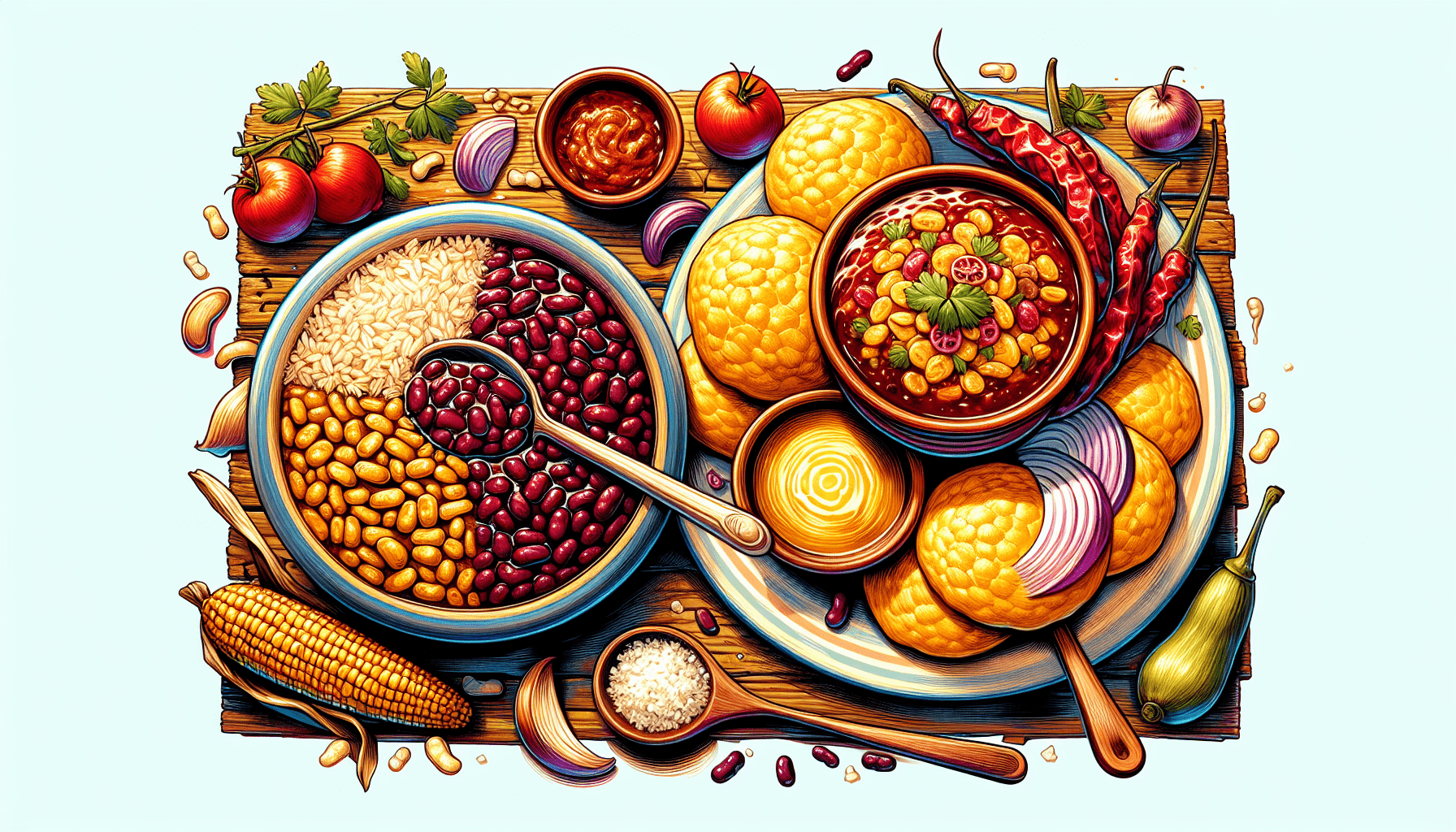Imagine waking up to the tantalizing aroma of freshly cooked Gallo Pinto, a traditional Nicaraguan dish that is a breakfast staple among locals. With its combination of rice, red beans, onions, and spices, this hearty dish is not only packed with flavor but also offers a hearty start to the day. Alongside Gallo Pinto, other popular breakfast dishes in Nicaragua include Nacatamales, a tamale filled with pork and wrapped in banana leaves, and Indio Viejo, a dish made from shredded beef, corn masa, and vegetables. These authentic Nicaraguan breakfast delicacies are sure to leave your taste buds craving for more and offer a wonderful insight into the rich culinary heritage of this vibrant country.

Nacatamal
Nicaraguan cuisine is known for its rich flavors and unique dishes, and one breakfast staple that you must try is the Nacatamal. This traditional dish, also known as Nacatamales, is a flavorful combination of seasoned masa, meat, and vegetables, all wrapped in a banana leaf and steamed to perfection.
Ingredients
To make Nacatamales, you will need a variety of ingredients. The main components include masa (cornmeal dough), pork, chicken, or beef, onions, garlic, bell peppers, tomatoes, olives, and raisins. Traditional Nicaraguan spices such as achiote, cumin, and oregano are also key ingredients in creating the unique flavors of Nacatamales.
Preparation
The preparation of Nacatamales is a labor of love. First, the masa is mixed with water and the spices to create a smooth dough. The meat is then marinated in a mixture of spices, including achiote, giving it a vibrant color and distinct flavor.
Next, the banana leaves are prepared by being softened in hot water. Each Nacatamal is assembled by spreading a layer of masa onto the banana leaf, followed by a mixture of meat and vegetables. The leaf is then carefully folded, creating a neat package, before being tied with a string to secure it during steaming.
Serving
Once the Nacatamales are assembled, they are steamed for several hours until the masa is cooked through and the flavors have melded together. The result is a delicious and tender packet of goodness.
Nacatamales are typically served warm and can be enjoyed on their own or with a side of rice and beans. Many Nicaraguans also like to eat Nacatamales with a dollop of crema, a lightly fermented sour cream, which adds a creamy and tangy element to the dish.
Popularity
Nacatamales are not only a popular breakfast dish in Nicaragua but also a beloved part of the country’s culinary culture. They are often enjoyed on special occasions, such as holidays and family gatherings. The process of making Nacatamales is often a communal activity, with family members and friends coming together to prepare the dish and share in the joy of eating it.
The flavors and textures of Nacatamales make them a true Nicaraguan favorite. The combination of the tender meat, the aromatic spices, and the soft masa, all wrapped in a fragrant banana leaf, creates a culinary experience you won’t soon forget.
Gallo Pinto
Another breakfast staple in Nicaragua is Gallo Pinto, a hearty and flavorful dish made of rice and beans. Gallo Pinto translates to “spotted rooster” in English, named after the speckled appearance of the dish due to the combination of black beans and white rice.
Ingredients
The main ingredients for Gallo Pinto include cooked rice, cooked red or black beans, onions, bell peppers, garlic, and various spices such as cumin and oregano. Some variations of Gallo Pinto also include diced tomatoes, cilantro, or a splash of Worcestershire sauce for added flavor.
Preparation
To prepare Gallo Pinto, start by sautéing onions, bell peppers, and garlic in a pan until they become fragrant and lightly caramelized. Then, add the cooked beans to the pan, along with the spices and any additional ingredients.
Next, stir in the cooked rice, ensuring that it is evenly coated with the flavors from the beans and spices. Allow the mixture to cook for a few more minutes, allowing the flavors to meld together and the rice to heat through.
Serving
Gallo Pinto is typically served hot and is often enjoyed alongside other breakfast staples, such as eggs or fried plantains. It can be eaten as a standalone dish or used as a filling for breakfast burritos or tacos.
The combination of the tender rice, the creamy beans, and the aromatic spices make Gallo Pinto a delicious and satisfying breakfast option. It is a true comfort food that can be enjoyed by locals and visitors alike.
Variations
While the basic recipe for Gallo Pinto remains the same, there are variations of the dish that can be found throughout Nicaragua. Some regions may prefer to use black beans instead of red beans, while others may add additional vegetables such as carrots or corn.
Additionally, some Nicaraguans like to add a touch of heat by including a diced chili pepper or a sprinkle of hot sauce. These variations add an extra layer of complexity to the dish, allowing for a personalized touch while still maintaining the essence of Gallo Pinto.
Indio Viejo
Indio Viejo is a traditional Nicaraguan dish that can be enjoyed for breakfast or any other meal of the day. The name translates to “old Indian” in English, and the dish itself is a flavorful combination of shredded beef or chicken, cornmeal, and vegetables.
Ingredients
To make Indio Viejo, you will need shredded beef or chicken, onions, bell peppers, tomatoes, garlic, cornmeal, chicken broth, and a variety of spices such as cumin and oregano. Traditional Nicaraguan ingredients such as sour oranges or bitter oranges are also key components in this dish, providing a tangy and citrusy flavor.
Preparation
To prepare Indio Viejo, start by sautéing onions, bell peppers, and garlic in a pan until they become fragrant and slightly softened. Then, add the shredded beef or chicken to the pan and cook until heated through.
Next, add the tomatoes, sour oranges or bitter oranges, and spices to the pan. Allow the mixture to simmer for a few minutes, allowing the flavors to meld together.
Meanwhile, prepare the cornmeal mixture by combining cornmeal and chicken broth in a separate bowl. Stir the mixture until it becomes smooth and creamy, without any lumps.
Once the meat and vegetable mixture has simmered, gradually add the cornmeal mixture to the pan, stirring continuously to prevent any lumps from forming. Continue to cook the mixture over low heat, stirring occasionally, until the cornmeal is fully cooked and the flavors have melded together.
Serving
Indio Viejo is typically served hot and can be enjoyed on its own or with a side of rice and beans. Many Nicaraguans like to squeeze a bit of lime juice over the dish before serving, which adds a refreshing burst of citrus.
Traditionally, Indio Viejo is served with a side of tortillas or crusty bread, allowing you to scoop up the delicious mixture and savor every bite. The combination of the tender meat, the tangy citrus, and the creamy cornmeal creates a dish that is comforting, satisfying, and full of flavor.
Traditions
Indio Viejo holds a special place in Nicaraguan culture and is often enjoyed during holidays, family gatherings, or important celebrations. The dish is not only delicious but also symbolic of the country’s history and traditions.
The name “Indio Viejo” is believed to be a nod to the indigenous tribes that inhabited Nicaragua before the arrival of the Spanish conquistadors. The dish is said to have originated from the blending of indigenous and Spanish culinary traditions, resulting in a unique combination of flavors and ingredients.
By enjoying Indio Viejo, you are not only experiencing the rich flavors of Nicaraguan cuisine but also immersing yourself in the country’s cultural heritage.
Quesillo
Quesillo is a popular Nicaraguan dish that is often enjoyed for breakfast or as a snack. It is a delicious combination of string cheese, pickled onions, and sour cream, all wrapped in a soft tortilla. Quesillo is known for its simplicity and its perfect balance of flavors and textures.
Ingredients
To make Quesillo, you will need soft tortillas, string cheese (preferably a mild and meltable variety), pickled onions, sour cream, and a few optional ingredients such as salt and hot sauce.
Preparation
Preparing Quesillo is quick and easy. Start by heating the tortillas on a griddle or in a pan until they are pliable and slightly toasted. This step helps to enhance the flavor and texture of the tortilla.
Next, place a slice of string cheese on each tortilla, followed by a spoonful of pickled onions and a dollop of sour cream. Optional additions such as salt or hot sauce can be added according to personal preference.
To assemble the Quesillos, simply roll up the tortilla, enclosing the cheese, onions, and sour cream within. The heat from the tortilla will help to soften the cheese slightly, resulting in a perfectly melty and delicious filling.
Serving
Quesillo is typically served warm and can be enjoyed on its own or accompanied by a side of fried plantains or a cup of traditional Nicaraguan coffee. The combination of the creamy cheese, the tangy pickled onions, and the cool sour cream creates a delightful balance of flavors.
In Nicaragua, it is common to find small Quesillo stands or shops that specialize in selling this beloved dish. Locals and visitors alike can be seen enjoying Quesillos, either as a quick breakfast on the go or as a satisfying snack.
Toppings
While the basic recipe for Quesillo remains the same, there are various toppings that can be added to enhance the flavor and customize the dish. Some popular additions include diced tomatoes, avocado slices, or a sprinkle of fresh cilantro. These toppings add freshness and additional textures to the Quesillo, making it even more delicious.
Whether you prefer it simple or loaded with toppings, Quesillo is a true Nicaraguan delight and a must-try for anyone visiting the country.

Enchiladas
Enchiladas in Nicaragua are quite different from the traditional Mexican dish with the same name. Nicaraguan Enchiladas are a popular breakfast dish consisting of tortillas filled with cabbage, tomatoes, onions, and a variety of toppings.
Ingredients
To make Nicaraguan Enchiladas, you will need soft tortillas, cabbage, tomatoes, onions, vinegar, and a variety of toppings such as crema, grated cheese, and hot sauce. The toppings can be customized according to personal preference, allowing for a wide range of flavors and combinations.
Preparation
To prepare the filling for the Enchiladas, start by shredding the cabbage and finely chopping the tomatoes and onions. Place the cabbage in a bowl and add vinegar, allowing it to marinate for a few minutes. Drain the excess vinegar before using it as a filling for the Enchiladas.
Next, heat the tortillas on a griddle or in a pan until they are warmed through and pliable. This step helps to enhance the flavor and texture of the tortilla.
To assemble the Enchiladas, place a spoonful of the marinated cabbage on each tortilla, followed by a sprinkle of tomatoes and onions. Add any desired toppings such as crema, grated cheese, or hot sauce.
Serving
Enchiladas are typically served warm and can be enjoyed on their own or accompanied by a side dish such as rice and beans. The combination of the crunchy cabbage, the juicy tomatoes, and the tangy vinegar creates a refreshing and vibrant flavor profile.
In Nicaragua, Enchiladas are popular street food, with vendors lining the streets and serving up this beloved breakfast dish to locals and visitors alike. The portable nature of Enchiladas makes them a convenient option for those on the go, while still providing a satisfying and delicious meal.
Accompaniments
While Enchiladas can be enjoyed on their own, some Nicaraguans like to pair them with other traditional accompaniments. These can include a side of fried plantains for some sweetness, a cup of traditional Nicaraguan coffee for a caffeine kick, or a refreshing glass of tiste, a traditional corn-based drink.
The combination of Enchiladas and these accompaniments creates a well-rounded and delicious breakfast experience that is full of flavor and cultural significance.
Güirila
Güirila is a traditional Nicaraguan corn pancake that is often enjoyed as a breakfast or brunch dish. It is made from ground corn dough and is typically served with a side of crema or cheese, creating a simple yet delicious meal.
Ingredients
The main ingredient for Güirila is ground corn dough, which can be purchased or made from scratch by soaking and grinding dried corn kernels. Additional ingredients include salt and vegetable oil for cooking.
Preparation
To prepare Güirila, start by mixing the ground corn dough with salt and enough water to create a smooth and slightly thick batter. The consistency should be similar to pancake batter.
Next, heat a pan or griddle over medium heat and add a drizzle of vegetable oil. Once the oil is hot, pour a ladleful of the corn batter onto the pan, spreading it gently to form a round pancake.
Allow the Güirila to cook for a few minutes on each side, until it becomes golden brown and slightly crispy. Flip it carefully to ensure even cooking.
Serving
Güirila is typically served warm and can be enjoyed on its own or accompanied by a side of crema or cheese. The soft and slightly chewy texture of the corn pancake, combined with the creamy and tangy crema or cheese, creates a delightful contrast of flavors and textures.
In Nicaragua, Güirila is a popular street food and can be found at local markets and food stalls. Vendors often serve it with a variety of toppings and fillings, such as shredded meat, beans, or avocado, allowing for a personalized and satisfying meal.
Regional Variations
While the basic recipe for Güirila remains the same throughout Nicaragua, there are regional variations that can be found in different parts of the country. Some regions may prefer to add grated cheese or finely chopped onions to the batter, resulting in a slightly different flavor profile.
These regional variations highlight the diversity of Nicaraguan cuisine and allow for a unique culinary experience depending on where you are in the country.

Tostadas
Tostadas are a popular Nicaraguan breakfast dish that consists of crispy tortillas topped with a variety of ingredients and toppings. They are known for their versatility, allowing you to customize each tostada according to your preferences.
Ingredients
To make tostadas, you will need tortillas, vegetable oil for frying, and a variety of toppings such as refried beans, shredded meat (such as chicken or pork), diced tomatoes, chopped onions, and crumbled cheese. Additional toppings can include crema, avocado slices, or a sprinkle of hot sauce.
Preparation
To prepare the tostadas, start by heating vegetable oil in a pan or deep fryer. Once the oil is hot, carefully place a tortilla in the oil and allow it to fry until it becomes crispy and golden brown. Remove the tortilla from the oil and place it on a paper towel-lined plate to drain any excess oil.
Next, assemble the tostadas by spreading a layer of refried beans onto the crispy tortilla. Top it with your choice of shredded meat, diced tomatoes, chopped onions, and crumbled cheese. Add any additional toppings according to your preferences.
Serving
Tostadas are typically served at room temperature and are best enjoyed immediately after assembling to maintain their crispy texture. The combination of the crispy tortilla, the creamy refried beans, and the flavorful toppings creates a mouthwatering dish that is both satisfying and full of flavor.
In Nicaragua, tostadas are a popular breakfast option and can also be found as street food or served as a light lunch or snack. Locals and visitors alike can often be seen enjoying tostadas at local markets or food stalls, where vendors offer a wide range of toppings and fillings to choose from.
Toppings
One of the best things about tostadas is the opportunity to customize the toppings to suit your taste. Some popular additions include shredded lettuce, sliced jalapeños for some heat, diced avocado for creaminess, or a squeeze of lime juice for a burst of freshness.
By experimenting with different combinations of toppings, you can create a tostada that is uniquely yours and enjoy a culinary adventure with each bite.
Madrugada
Madrugada is a traditional Nicaraguan breakfast dish that translates to “dawn” in English. It is a hearty and satisfying dish that combines rice, beans, and eggs, creating a balanced meal to start your day.
Ingredients
To make Madrugada, you will need cooked rice, cooked red or black beans, eggs, onions, bell peppers, tomatoes, garlic, and a variety of spices such as cumin and oregano. Additional ingredients can include diced ham, chorizo, or shredded chicken for added protein and flavor.
Preparation
To prepare Madrugada, start by sautéing onions, bell peppers, and garlic in a pan until they become fragrant and slightly softened. Then, add the cooked beans to the pan, along with the spices and any additional ingredients such as diced ham or chorizo.
Next, stir in the cooked rice, ensuring that it is evenly coated with the flavors from the beans and spices. Allow the mixture to cook for a few more minutes to heat through and allow the flavors to meld together.
Meanwhile, cook the eggs to your preferred style – fried, scrambled, or poached. Season them with a sprinkle of salt and pepper to add extra flavor.
Serving
To serve Madrugada, start by placing a spoonful of the rice and bean mixture onto a plate. Top it with your choice of cooked eggs, arranging them neatly on top of the rice and beans. Finish the dish by adding a sprinkle of diced tomatoes and a garnish of fresh cilantro, if desired.
Madrugada is typically served warm and can be enjoyed on its own or accompanied by a side of freshly fried plantains or a cup of traditional Nicaraguan coffee. The combination of the fluffy rice, the creamy beans, and the protein-rich eggs creates a filling and delicious breakfast that will keep you energized throughout the day.
History
Madrugada has deep roots in Nicaraguan food culture and is believed to have originated during the country’s colonial period. The dish was created as a simple and nourishing breakfast option for the working class, providing them with sustenance and energy for the day ahead.
Throughout the years, Madrugada has remained a beloved breakfast dish in Nicaragua, enjoyed by locals and visitors alike. Its humble origins and simple yet flavorful combination of ingredients make it a true representation of Nicaraguan cuisine.

Vigorón
Vigorón is a popular street food in Nicaragua that is often enjoyed as a mid-morning snack or light lunch. It is a unique and delicious combination of yuca (cassava), pork rinds, and cabbage salad, all dressed with a tangy and flavorful sauce.
Ingredients
To make Vigorón, you will need yuca (cassava), pork rinds (chicharrones), cabbage, tomatoes, onions, sour oranges or bitter oranges, and a variety of spices such as cumin and oregano. The sauce is typically made with the juices of the sour oranges, vinegar, and salt.
Preparation
To prepare Vigorón, start by boiling the yuca until it becomes tender and can easily be pierced with a fork. Once the yuca is cooked, remove it from the water and allow it to cool slightly before cutting it into bite-sized pieces.
Next, fry the pork rinds until they become crispy and golden brown. Drain any excess oil before serving.
To prepare the cabbage salad, finely shred the cabbage and mix it with diced tomatoes and onions. For added flavor, squeeze the juice of sour oranges or bitter oranges over the salad and sprinkle it with a blend of spices such as cumin and oregano.
Serving
Vigorón is typically served on a banana leaf, allowing the flavors to meld together and infuse the dish with a subtle earthy aroma. To assemble Vigorón, start by placing a mound of the cooked yuca on the banana leaf, followed by a layer of crispy pork rinds. Finish with a generous portion of cabbage salad.
Before serving, drizzle the tangy sauce over the dish, allowing it to seep into the yuca and enhance the flavors of the pork rinds and cabbage salad. The combination of the soft and starchy yuca, the crispy pork rinds, and the tangy cabbage salad creates a delightful contrast of textures and flavors.
Street Food
Vigorón is a beloved street food in Nicaragua and can be found at local food stands or carts throughout the country. Vendors often assemble the dish to order, ensuring that each serving is fresh and the ingredients are at their best.
Enjoying Vigorón as a street food allows you to immerse yourself in Nicaraguan culture and experience the vibrant flavors and unique culinary traditions of the country. The combination of flavors, textures, and the experience of eating it al fresco will surely make Vigorón a memorable part of your Nicaraguan culinary journey.
Pinolillo
Pinolillo is a traditional Nicaraguan drink that is often enjoyed for breakfast or as a mid-morning snack. It is made from toasted cornmeal, cacao, and various spices, creating a warm and comforting drink that is full of flavor.
Ingredients
To make Pinolillo, you will need toasted cornmeal, cacao powder, ground cinnamon, sugar, milk, and water. The cornmeal can be purchased pre-toasted or toasted at home by gently cooking it in a pan until it becomes fragrant and slightly golden brown.
Preparation
To prepare Pinolillo, start by mixing the toasted cornmeal, cacao powder, ground cinnamon, and sugar together in a bowl. This mixture, known as pinol, can be stored in an airtight container and used to make Pinolillo as desired.
Next, heat a combination of milk and water in a saucepan until it becomes warm but not boiling. Gradually add the pinol mixture to the liquid, stirring continuously to prevent any lumps from forming.
Continue to cook the mixture over low heat, stirring constantly, until it becomes thick and creamy. The aroma of the toasted cornmeal and the richness of the cacao will fill your kitchen, creating a comforting and inviting atmosphere.
Serving
Pinolillo is typically served warm and can be enjoyed on its own or accompanied by a slice of traditional Nicaraguan sweet bread, known as “pan dulce.” The warm and creamy texture of the Pinolillo, combined with the rich flavors of the toasted cornmeal and cacao, creates a comforting and satisfying drink.
Cultural Significance
Pinolillo holds a significant place in Nicaraguan culture and is often enjoyed as a symbol of unity and togetherness. It is a traditional and beloved drink that is passed down through generations, with families treasuring the recipes and techniques used to make it.
During celebrations or special occasions, Pinolillo is often shared with family and friends, bringing people together and fostering a sense of community. It is a beverage that is deeply rooted in Nicaraguan traditions and holds a special place in the hearts of those who enjoy it.
Whether you are sipping it alone on a quiet morning or sharing it with loved ones, Pinolillo is a true taste of Nicaraguan culture and a delightful way to start your day.
In conclusion, Nicaraguan cuisine offers a wide array of delicious and unique breakfast options. From the hearty and flavorful Nacatamal to the crispy and versatile Tostadas, each dish showcases the vibrant flavors and culinary traditions of the country. Whether you are enjoying these dishes on the streets of Nicaragua or recreating them in your own kitchen, you are sure to have a memorable and satisfying breakfast experience. So, seize the opportunity to savor the flavors of Nicaragua and embark on a culinary adventure through its diverse breakfast staples.

